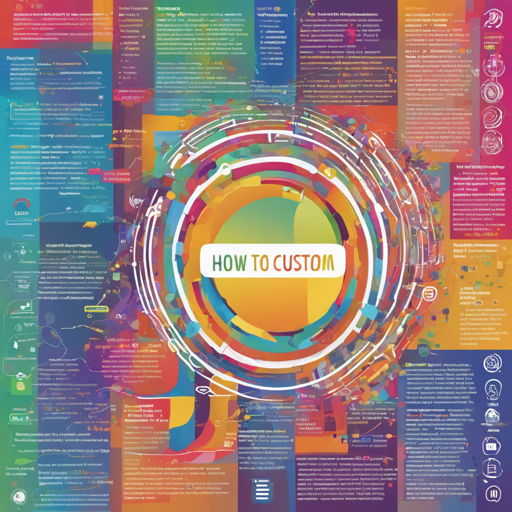If you’re venturing into the realm of natural language processing (NLP), you might find yourself needing to create a custom tokenizer. Tokenization is a crucial step that involves breaking down text into smaller units, such as words or subwords, which can then be processed by machine learning models. In this guide, we’ll walk through how to create a custom tokenizer using Python, as well as some troubleshooting tips to help you navigate any bumps along the way.
Getting Started
To create a custom tokenizer, we will utilize libraries like tempfile for handling temporary files and transformers for utilizing pre-trained tokenizers. The following code snippet illustrates the entire process:
import tempfile
from tokenizers import Tokenizer, models
from transformers import PreTrainedTokenizerFast
model_max_length = 4
vocab = [(chr(i), i) for i in range(256)]
tokenizer = Tokenizer(models.Unigram(vocab))
with tempfile.NamedTemporaryFile() as f:
tokenizer.save(f.name)
real_tokenizer = PreTrainedTokenizerFast(tokenizer_file=f.name, model_max_length=model_max_length)
real_tokenizer._tokenizer.save('dummytokenizer.json')
Understanding the Code
Let’s dive deeper into how the code functions through an analogy. Imagine building a custom key for a lock (your tokenizer) that only operates when shaped perfectly (the vocabulary). Here’s a breakdown of our steps:
- Creating a Vocabulary: We create a list of characters from the ASCII table using
chr(i)which serves as our key components. - Initializing the Tokenizer: Like a skilled locksmith, we use
models.Unigram(vocab)to tailor our tokenizer to recognize and process these characters properly. - Saving the Tokenizer: A temporary file (your test lock) is created with
tempfile.NamedTemporaryFile(). The trained tokenizer is saved there so we can work with it without cluttering our workspace. - Loading and Saving the Tokenizer: Finally, we load our tokenizer for practical use through
PreTrainedTokenizerFastand save it in a manageable format withreal_tokenizer._tokenizer.save('dummytokenizer.json'), enabling you to access your key even after the lock building session is finished.
Troubleshooting Tips
Here are some tips to assist you in case you encounter issues during the process:
- Ensure you have the necessary libraries: If your script throws an import error, double-check that you have
tokenizersandtransformersinstalled. You can install them usingpip install tokenizers transformers. - Check for Filename Errors: Make sure to provide a valid name for your temporary file. If the file cannot be saved, it could lead to exceptions.
- Review Model Parameters: If you encounter issues with the maximum length, you may want to adjust
model_max_lengthor check your vocabulary definitions. - For more insights, updates, or to collaborate on AI development projects, stay connected with fxis.ai.
Conclusion
Creating a custom tokenizer can greatly enhance your NLP applications, allowing you to cater specifically to the needs of your project. As you embark on this journey, you will discover new ways to optimize and refine your language models.
At fxis.ai, we believe that such advancements are crucial for the future of AI, as they enable more comprehensive and effective solutions. Our team is continually exploring new methodologies to push the envelope in artificial intelligence, ensuring that our clients benefit from the latest technological innovations.

